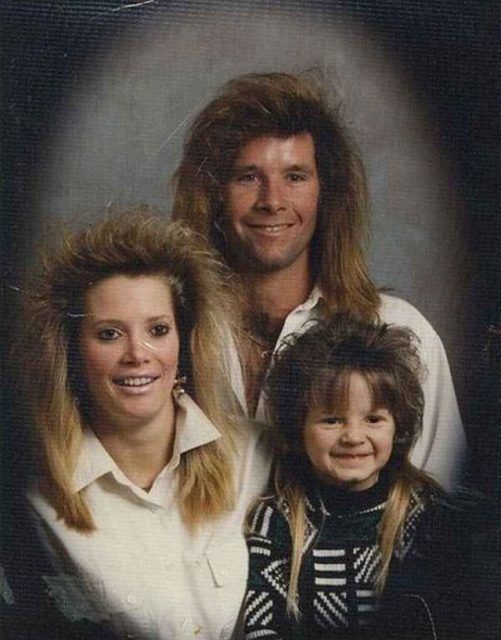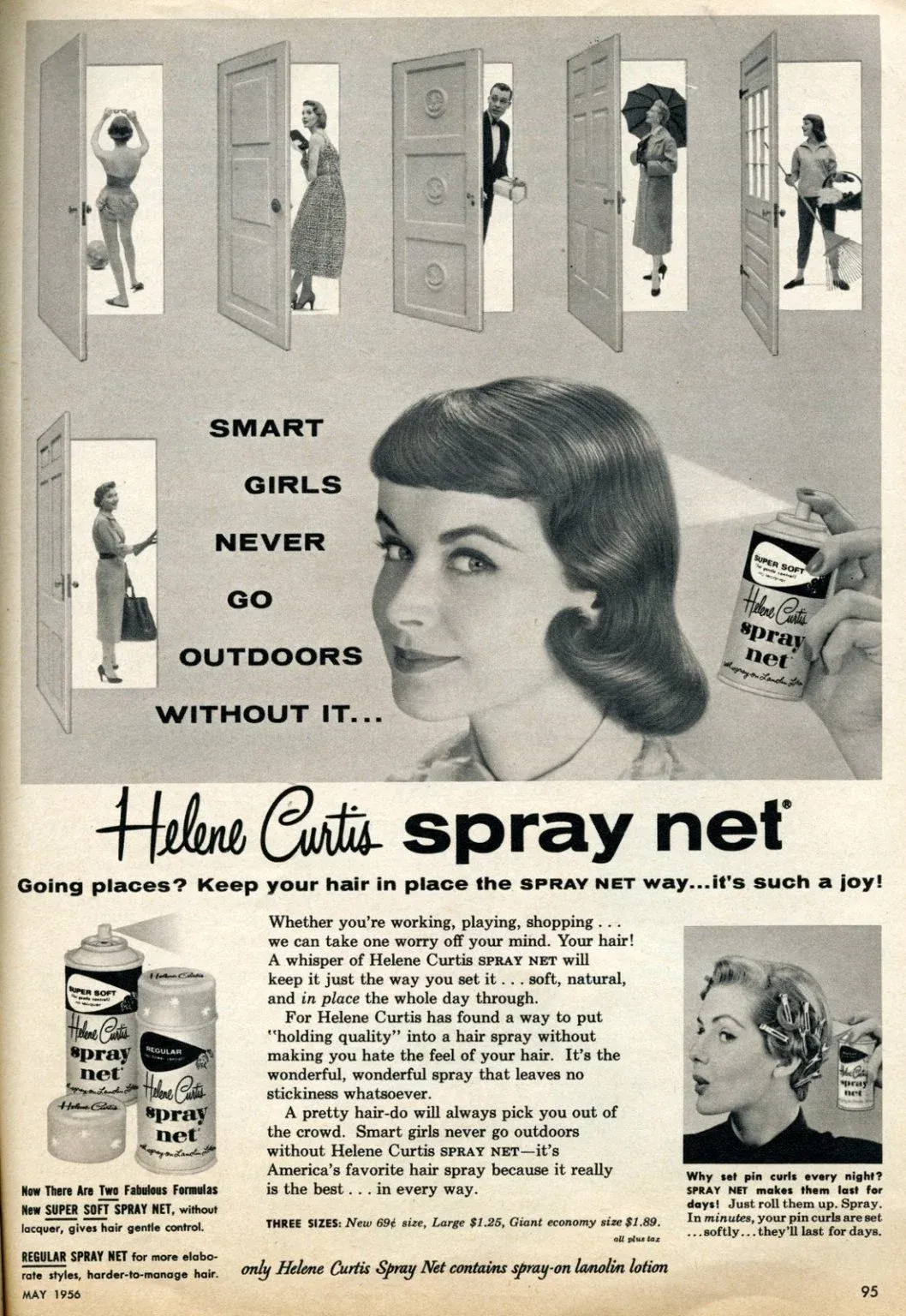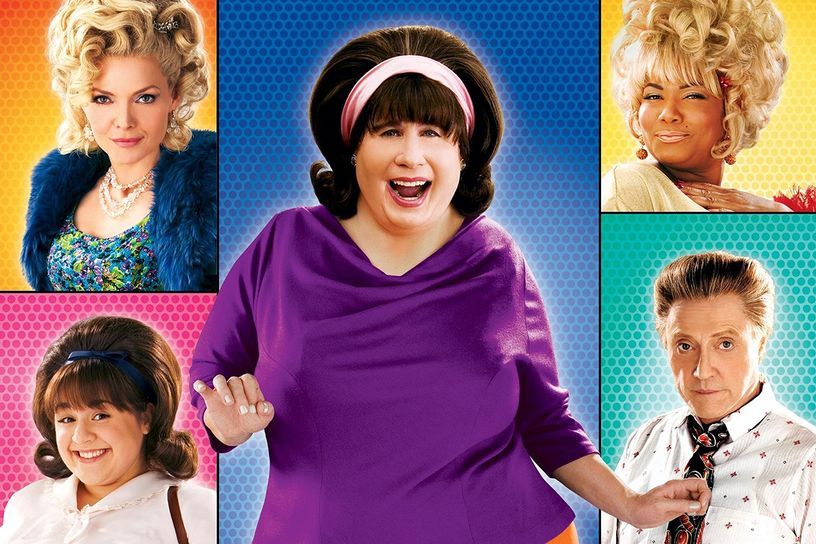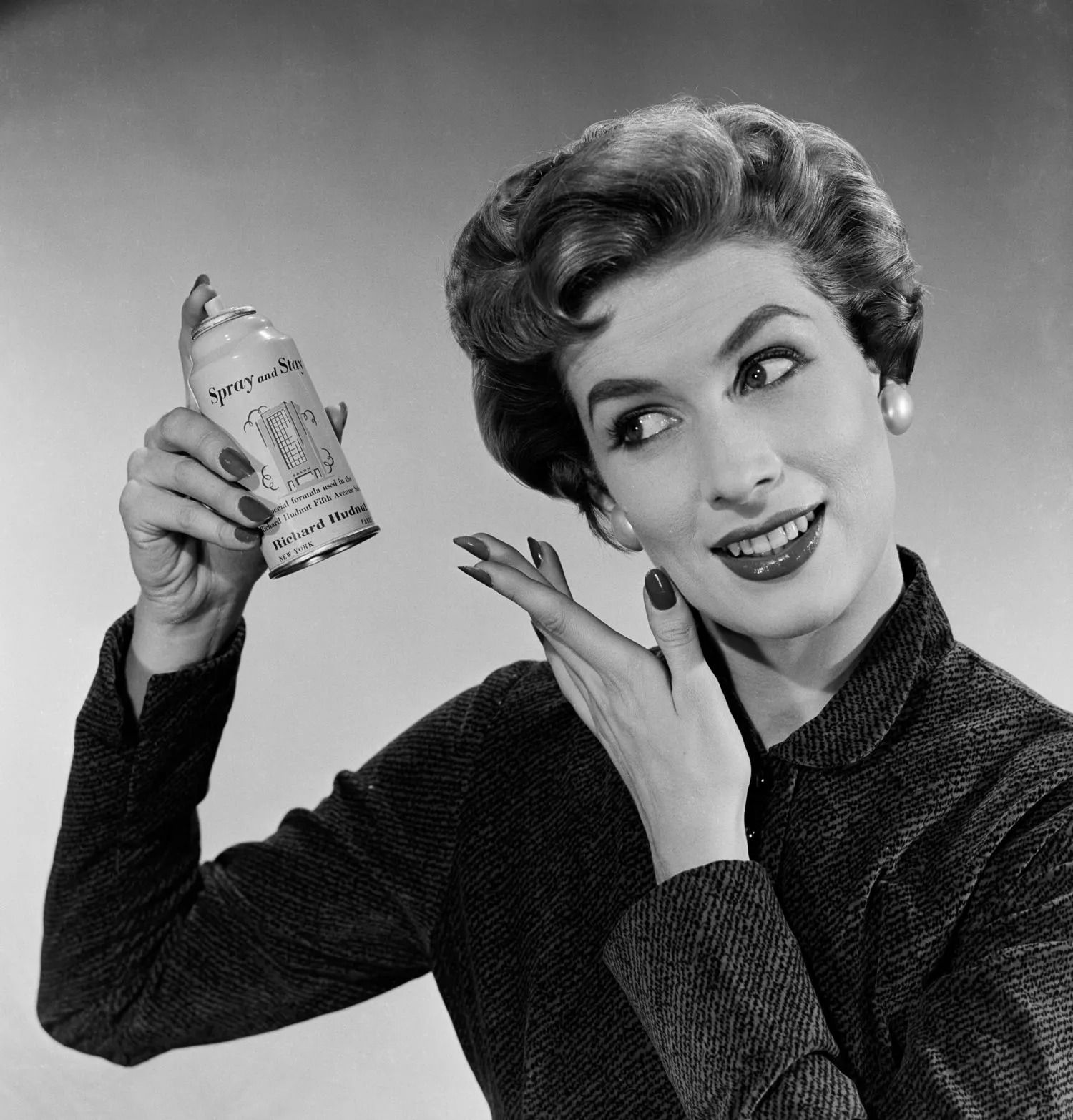This one is going to be a bit different so hold tight for a bit of weird ride! We’re talking hairspray. Yes, you read that right, hairspray.
You may be sitting there thinking I’ve gone mad and started rambling on about random subjects. I do occasionally do that but this time I’m talking about the use of hairspray in the world of 3D printing and aiming to determine which is the best hairspray for 3D printing.
Now, again, you may be thinking ”what’s he on about? Hairspray in 3D printing?” but rest assured, a lot of it gets used by many 3D printing enthusiasts around the world.
The reason for this is bed adhesion. Hairspray of course is sticky, that’s why people use it on their hair to keep it in place. That sentence there gives you an idea as to why its used in 3D printing; to keep your print in place.
I could just leave it there and say that’s all you need to know really, hairspray helps with bed adhesion and keeping your 3D print in place on the build plate. Simple right? But, where’s the fun in that?
So, I’m going to expand a bit more on what’s the best hairspray for 3D printing and hopefully bring some Harmony to your life.
(I’ll apologize now if you’re not a fan of puns but there’s going to be a few!)
Let’s start by looking at those who don’t agree with using hairspray, or indeed any type of adhesive on your print bed. We’ll call this group…
The Purists

I call these people The Purists not out of any malice or bad feeling but they do sometimes like to think they know everything about 3D printing and you’re just wrong if you suggest something new or different.
This is very much so in the case of hairspray or any print bed adhesive aid. Most people, not just the purists, will tell you that the best way to get your model to stick to the build plate is to level it properly. This is of course true and should be the first thing that you consider if your prints aren’t sticking.
However, The Purists do seem to take this too far sometimes and beware anyone who is a member of a 3D printing group on social media that suggests using hairspray or glue. You’ll likely be run out of town with virtual pitchforks and banished to the digital wastelands!
I usually fall between groups on a lot of this sort of subject and I always say, “do whatever works best for you”. If you’ve levelled your bed, adjusted everything you can and your print still won’t stick to the bed then, heck yes! Use hairspray, glue or whatever works to get your print to stick. I’ve been using hairspray since probably about a month into my 3D printing life and use it for every print now.
The salesclerk at my local store must wonder why I go in and buy hairspray once a week, particularly as I’m not, shall we say, blessed with a full head of hair. They’ve never asked but I do always get the “would you like any of our fragrances today sir?” which I politely decline. They’re obviously not concerned about my excessive hairspray usage but may be concerned about the way I smell! I also find that question a bit odd when I just go in there for a packet of gum. What gives them the impression that I walked out of my house that day thinking “I must get some gum, oh, and a bottle of CK1”!! Weird, but I digress, back to the hairspray.
So, my point is, don’t listen to The Purists and do whatever works for you.
The next group of people are those who love a bit of hairspray in their lives and probably like me, get funny looks when they buy too much for their needs. I call this group…
The Realists

Realists are those people who try and do what The Purists suggest but still find that they might need some help from an adhesive. They realize that in fact, as long as you get the right result in terms of a successful print, who cares what you used to achieve it. Realistically (or should that be stylistically?) they figure that hairspray works so why not use it.
As I said, I usually fall between groups on contentious subjects but in this case, I’m definitely one of The Realists. Hairspray works great as an adhesive, is relatively cheap and a little goes a long way. Of course I’m referring to 3D printing terms as big hair means a lot of hairspray!
OK, so let’s get down to the point in hand and decide which is the best hairspray for 3d printing. What makes one, Wella, better that the other and really has the max factor.
It’s a Stick Up!

So, back to the question of with is the best hairspray for 3d printing. If I’m honest, I know far more about the Hairspray movies and musical than I do about hairspray brands. As a non-hair owner, I’ve mentioned before that I don’t really have much use for hairspray for its intended use and Mrs. M, although a lifelong hair owner herself, doesn’t really use it either. This is why I’m the sole purchaser of hairspray in our household and will probably continue to be so.
However, I can tell you that pretty much any hairspray that you can buy off the shelf in your local store will work as an adhesive for 3D printing. Why is this though? What makes hairspray such a good material for 3D printing? Well, here’s the science bit.
The good old Wikipedia tells us that “Hair sprays are a blend of polymers that provide structural support to hair. These frequently include copolymers of polyvinylpyrrolidone (PVP) and polyvinyl acetate (PVAc).” Well there you go, makes perfect sense now. But wait, there are a couple of familiar terms in there like “polymer” and “copolymer” which you’ll find used in some areas of 3D printing and in the manufacture of glues.
We’re getting somewhere now. Obviously hairspray needs to be “sticky” in order for it to work so it makes sense that it uses some of the chemical processes used in glue manufacture. The addition of other types of copolymers is adjusted to give you the type of “hold” you want for your hair. Therefore you’ll see hairspray cans with maybe flexible, medium and maximum holds on them.
Hairspray “hold” strength may then give you some idea as to which one to choose for your 3D printing needs. However, using a maximum hold hairspray might be the obvious choice but could cause problems down the line. It might be tempting to spray a liberal amount of hairspray onto your bed but this will gradually build up and may then either impede the smooth movement of the nozzle across the bed or indeed make the surface uneven.
In fact, I would suggest that it would be better to use the lightest or “flexible” hold strength and see how you go with that. I would also suggest regular cleaning of the build plate to prevent this build of spray. You should be able to do this with normal soap and hot water.
So, Which Hairspray is the Best?

So, where do I start in deciding which is the best hairspray? Well personally I prefer the 2007 movie starring John Travolta and Michelle Pfeiffer over the original 1988 John Waters directed movie. Some people however prefer the stage musical and I agree there’s nothing like going to the theatre……what? This isn’t what you meant in comparing hairsprays? Aww, I had a whole piece ready to go on that. Oh well, hairspray as a 3D printing material it is then.
So, which is the best hairspray to use for 3D printing?
You can find other articles on the internet that will suggest very specific brands to you which are at the top end of the price range in terms of hairspray. That’s all well and good but be aware that these articles are often trying to get you to buy the products for the benefit of the site publishing it. I personally won’t do that so I’m not going to suggest that you buy any specific brand or indeed push you to buy hairspray at all.


My opinion on the matter of which brand or type of hairspray to buy really just comes down to two things. Firstly, what’s available in the store and secondly, how much it costs. You could spend a small fortune on buying the best branded hairspray you can find but I don’t actually think it makes that much difference.
The hairspray I buy costs around $1.50 for a large can and it’s a “medium” hold. I’ve steered clear of mentioning any brand names (except for a few sneaky puns and some old ads) but I will tell you that I buy Harmony hairspray for my 3D printing needs. This gives a good “stick” to the first layer and stops any movement of the print around the bed.
As I said earlier, I usually buy one can a week but that’s just because I have a few printers and do a lot of prints. I also find that I’ve got at least two or three cans in reserve just in case I can’t have that uncomfortable encounter with the salesclerk!
The only downside is as I mentioned earlier that you do need to remember to clean the print bed regularly otherwise you’ll have a nasty build up of residue spray. Also, and on a serious note, be careful about storage and use near to your printer. Hairspray is highly flammable and comes in a pressurized aerosol can which if subjected to extreme heat, could explode. My advice then would be to spray the bed with your chosen hairspray before you heat the bed and nozzle just to avoid any issues.
So, my conclusion is that it doesn’t really matter which brand or type of hairspray you buy as long as it works for you. There could be a bit of trial and error involved before you settle on a favorite but it’s definitely worth trying out if you’re having bed adhesion issues.
But, if you do decide to buy and use hairspray, and its entirely your choice, whatever you do don’t feel guilty about it. The Purists will no doubt hate you but stick with us Realists and together we’ll bring hairspray to the world of 3D printing. After all, we’re worth it!
Oh, and Hairspray (2007) is a great movie so watch it if you can!











Member discussion